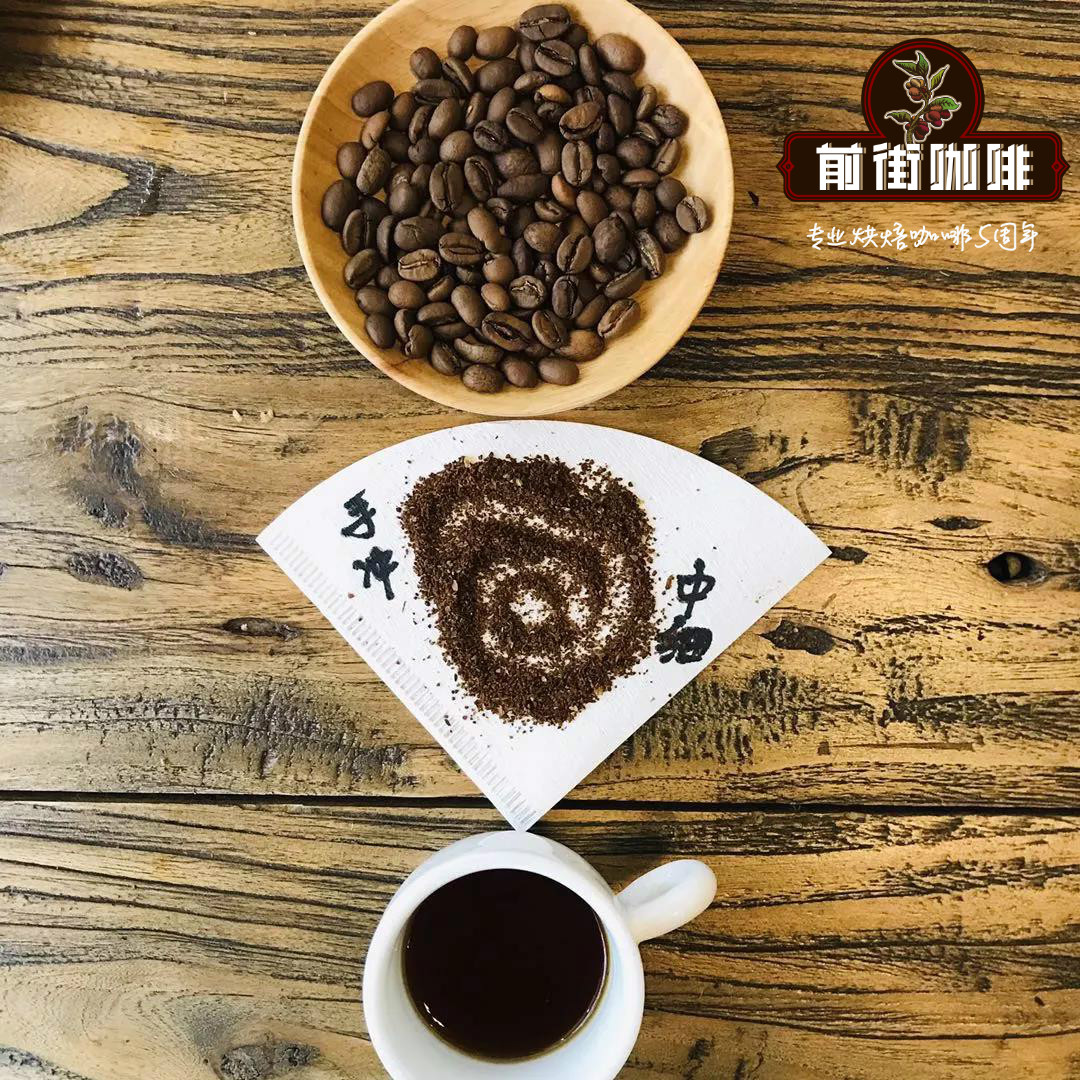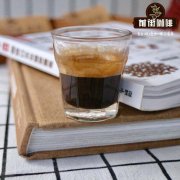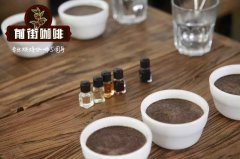How to Make Coffee Without Bitterness

Professional coffee knowledge exchange more coffee bean information please follow the coffee workshop (Wechat official account cafe_style)
How bitter is the coffee? So sour?
When many people come into contact with coffee, bitterness is strong, and strong is fragrant. When we encounter such guests, we will patiently explain what the flavor of coffee is. Strong is not necessarily fragrant, bitter is not necessarily, but for a person who has never studied coffee, this taste wheel is appropriate. When coffee is in your mouth, you can feel its flavor.
In this regard, many enthusiasts, especially those who are just beginning to come into contact with coffee tasting, can start from Brazil, Mantenin and Yejia Xuefei, which have a prominent flavor personality.
The representative of Brazil is American flavor.
Manning represents the flavor of the Asian region.
Yega Xuefei flavor of African region
Everyone wants to drink good coffee, sweet and palatable, with explosive aroma and long aftertaste, and hope to drink this kind of coffee every time.
There are many factors that affect the taste of coffee: time, temperature, brewing equipment, etc., but the most important key to good coffee is the thickness of grinding besides good beans and good equipment.
Beans and utensils have been selected, today, let's talk about the degree of grinding, how fine the coffee beans should be ground?
Take the small Fuji bean grinder as an example, the best thickness of hand coffee powder is in the middle of the 3-4 scale, and fine sugar can be used as a reference:
When it comes to grinding thickness, many cooks often say "salt-like thickness" or "sand-like thickness".
When you see these descriptive words, you don't know the exact scope. In fact, the most accurate thing is to grind yourself a little bit. By comparison, Mantenin is probably "as thick as fine sand" and ice droplets as "as thick as sugar". The light-baked Yega is thicker than sugar.
The right thickness makes more delicious coffee.
The secret of good coffee is extraction, but what exactly does extraction mean? Extraction is the process in which the flavor and aroma substances of coffee beans are released into water and combined with water, resulting in a cup of delicious coffee.
However, these coffee flavors and aromatic substances represent a certain flavor, some are sweet, some are bitter, some are fruity, and some are astringent. These substances will also be extracted at different points in time.
Medium and fine powder ≈ white granulated sugar (the most common white granulated sugar in the supermarket, a little bigger than that). Generally, the hand will eventually be fixed on the thickness of the medium and fine powder, because the medium and fine powder is very commonly used, so if you love coffee, you should try your own coffee mill and find the most suitable level of medium and fine powder.
Todd, the US champion of brewing in 2014 and 2016, told the author that the order of substances extracted from coffee is:
Sour, sweet, bitter, and finally astringent.
This means that while controlling the extraction rate, you can control how much substance will dissolve into the coffee, in other words, you can determine the flavor of the coffee. Whether you are hand-brewing or brewing espresso, this is the basic principle for creating a brewing formula, and grinding thickness is also a consideration, which will affect brewing.
Different producing areas, different varieties, different treatments will affect the taste of coffee, the former street coffee beans as a reference:
Personal experience:
Look at altitude: relatively low altitude, loose texture of beans, not resistant to extraction, usually this kind of beans can be used in grinding, such as Brazil, Mantenin; high-altitude beans are hard, extraction-resistant, usually used in fine grinding, such as Panama, Costa Rica, Yegashafi, Kenya.
Look at the baking degree: baking degree deep examples such as Brazil, Manning, medium grinding
The baking degree is shallow, or medium-shallow, and fine grinding in use.
Look at the date: the bean cultivation period is usually about 7-14 days in the use of fine grinding, more than 1 month to use rough grinding, specifically depends on the specific parameters of beans.
When we use the V60 filter cup, the thickness of the powder layer is larger, and the contact time between the powder and water is longer, usually the fine powder is easy to gather at the bottom, and it is easy to extract bitterness from soaking for a long time, so it is necessary to control the amount of fine powder. If the home grinding the same scale of fine powder is too much, you can use a powder sieve to keep the fine powder in a certain range.
Related recommendations: consciously taste coffee: the correct use of SCAA coffee flavor wheel and tips
Important Notice :
前街咖啡 FrontStreet Coffee has moved to new addredd:
FrontStreet Coffee Address: 315,Donghua East Road,GuangZhou
Tel:020 38364473
- Prev

What about the bitterness of coffee? the flavor of coffee is not just how to drink it.
Professional coffee knowledge exchange more coffee bean information Please pay attention to the coffee workshop (Wechat official account cafe_style) most people will have a fixed impression of coffee: bitter. Bitter coffee ah bitter coffee, why do you choose bitter coffee instead of sweet milk tea? The answer is simple: good boutique coffee is hardly bitter. This is in line with the public impression of coffee.
- Next

Do different varieties of coffee have the same flavor? How to taste the coffee flavor
Professional coffee knowledge exchange more coffee bean information Please follow the coffee workshop (official Wechat account cafe_style) I believe many enthusiasts will encounter such a situation. I buy a bag of beans with citrus and peach flavor, but I can't taste them, so I suspect it's the beans, the problem of brewing, or the sensory problem. The problem of coffee flavor is perplexing.
Related
- Beginners will see the "Coffee pull flower" guide!
- What is the difference between ice blog purified milk and ordinary milk coffee?
- Why is the Philippines the largest producer of crops in Liberia?
- For coffee extraction, should the fine powder be retained?
- How does extracted espresso fill pressed powder? How much strength does it take to press the powder?
- How to make jasmine cold extract coffee? Is the jasmine + latte good?
- Will this little toy really make the coffee taste better? How does Lily Drip affect coffee extraction?
- Will the action of slapping the filter cup also affect coffee extraction?
- What's the difference between powder-to-water ratio and powder-to-liquid ratio?
- What is the Ethiopian local species? What does it have to do with Heirloom native species?

